Historical places in Europe transport you back decades through empires, wars, revolutions, and works of art. From the ancient ruins of Rome to magnificent medieval strongholds and charming Renaissance squares, the continent abounds with some of the world’s most famous historical sites. Whether you’re a history enthusiast or a curious visitor, these destinations unveil the varied and vibrant heritage of Europe. Each place bears a unique story of culture, civilisation, and human achievement, so Europe is a time and eternity treasure house for tourists and history lovers.
10 Must-Visit Historical Places In Europe
Historical places in Europe are dynamic imprints of history and architecture, and European identity.
1. The Colosseum, Italy

Photo: Azhar Muhammedu / Pexels
The Rome Colosseum, Italy, is one of the most renowned and well-maintained historical places in Europe. It was constructed between 70 and 80 AD during the reign of Emperor Vespasian and completed by his son, Titus. The Colosseum was utilised as a huge amphitheatre for gladiator fights, public games, staged sea battles on the sea, animal hunts, and theatrical performances. Seating an incredible 50,000 visitors, the Colosseum remains a testament to Roman glory and engineering marvels centuries ago.
Location: Rome, Italy
Major Attractions: Arena of the Gladiators, secret tunnels, stunning view
2. Acropolis Of Athens, Greece
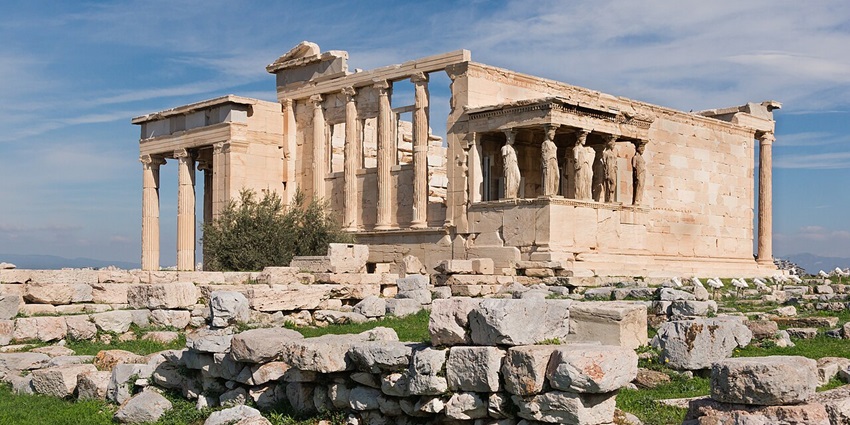
Photo: Jebulon / Wikimedia Commons
The Acropolis of Athens, Greece, is the most popular of all the historical places in Europe. Dating from the 5th century BC, the ancient citadel consists of a succession of principal buildings, headed by the Parthenon, a stunning temple constructed to the city’s patron deity, goddess Athena. The Acropolis is an ancient Greek art and political wonder during its Golden Age. Dedicated as a UNESCO World Heritage, the Acropolis receives millions of tourists every year to be amazed at its historical structures, history, and the city landscapes of Athens.
Location: Athens, Greece
Major Attractions: Parthenon, Erechtheion, Temple of Athena Nike
3. Stonehenge, England
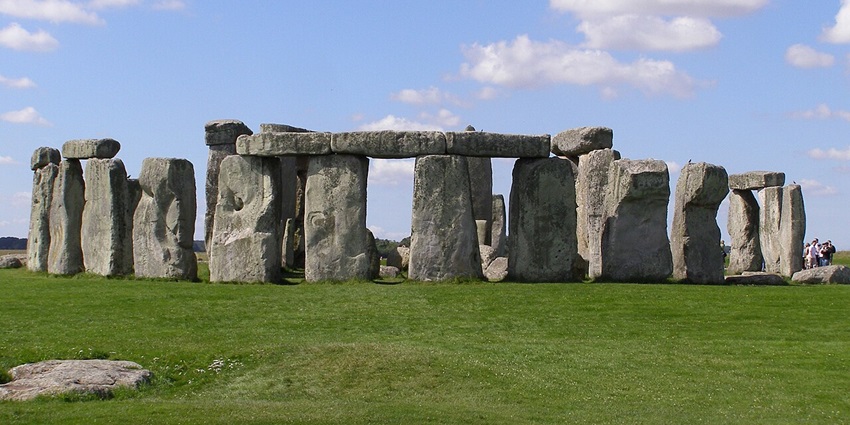
Photo: garethwiscombe / Wikimedia Commons
Stonehenge, situated in Wiltshire, England, is arguably the most enigmatic and symbolic ancient site in Europe. It dates back to approximately 3000 BC, and this ancient monument is a solitary cluster of giant standing stones that weigh as much as 25 tons. Its building, which was achieved without machines or tools, is a testament to the ingenuity of ancient peoples. A UNESCO World Heritage Site, Stonehenge is frequented each year by millions of individuals who want to see its mysterious grandeur and ponder its origin and purpose.
Location: Wiltshire, England
Major Attractions: Alhambra Palace and fortifications, Generalife summer palace, Nabavi Mosque
4. Alhambra, Spain
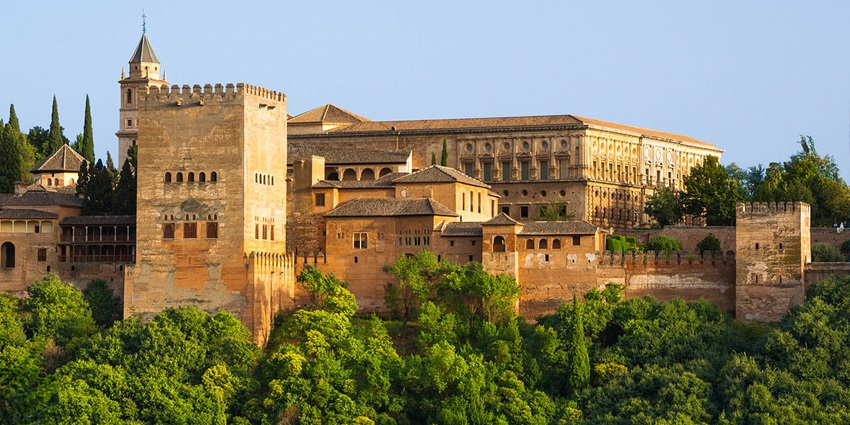
Photo: Jebulon / Wikimedia Commons
The Alhambra Palace and fortress complex in Granada, Spain, is a stunning palace and fortress complex that was originally constructed by the Moors in the 13th century. This stunning location has a unique combination of Islamic art and European-style architecture that best represents the rich cultural heritage of the place. Renowned for its intricate tile work, beautiful gardens, and exquisite stucco ornamentation, Alhambra is a masterpiece of Moorish architecture and design. A royal palace and a fortress as well, it reflects the strategic and aesthetic importance of the site.
Location: Granada, Spain
Major Attractions: Nasrid Palaces, Generalife Gardens, Alcazaba Fortress
5. Auschwitz-Birkenau, Poland
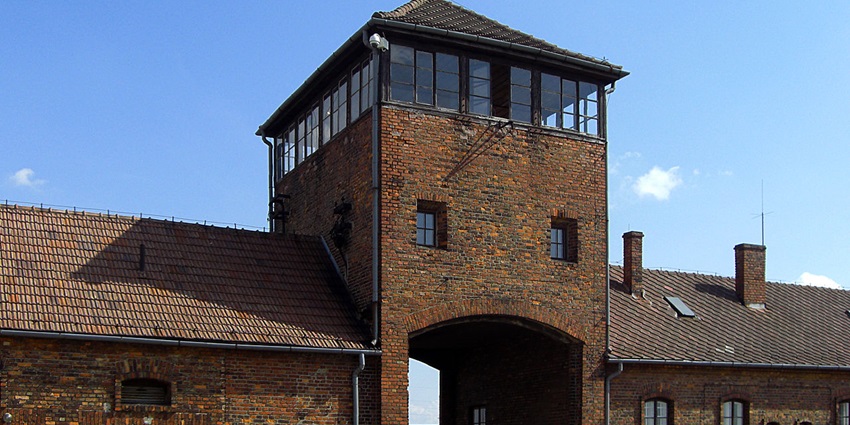
Photo: Diego Delso / Wikimedia Commons
Auschwitz-Birkenau, close to Kraków, Poland, is a sad and moving historic landmark that is bitter evidence of the Holocaust and the atrocities that accompanied it. It was the largest World War II concentration camp where millions of innocent people perished due to Nazi atrocities. Auschwitz-Birkenau today is a memorial site and a museum, and millions of visitors a year travel from all over the world to honour the victims and view what took place here. The facility still retains its original barracks, structures, and gas chambers, which are a chilling and educational experience.
Location: Oświęcim, Poland
Major Attractions: Museum exhibits, original barracks, gas chambers
6. Mont-Saint-Michel, France
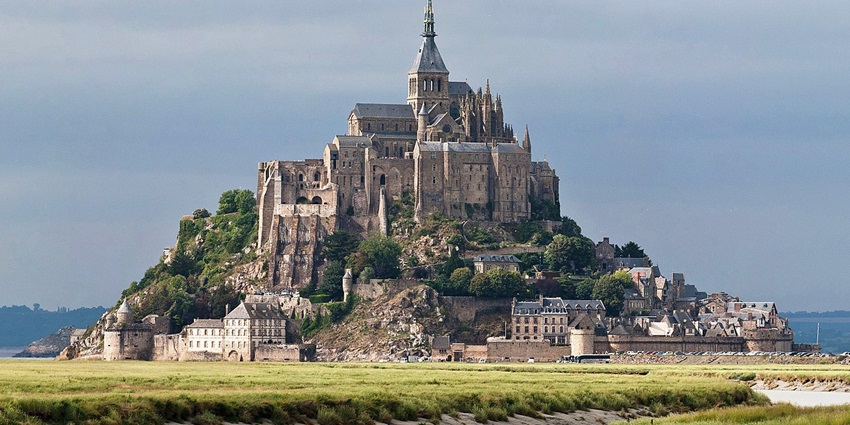
Photo: Diliff / Wikimedia Commons
Mont-Saint-Michel, off the coast of Normandy in France, is the most lovely historical place in Europe. This tidal island, which can only be reached at low tide, has an imposing 8th-century abbey. Mont-Saint-Michel mixes superb Gothic architecture with a natural beauty that is breathtaking, and hence brings together the two to provide a unique experience. It has been a strategic fortress, a place of pilgrimage, and a religious hub over the years. Its cinematic backdrop on a rocky islet that protrudes from the sea has made it a symbol of France.
Location: Normandy, France
Major Attractions: Abbey, medieval streets, tidal causeway
7. Neuschwanstein Castle, Germany
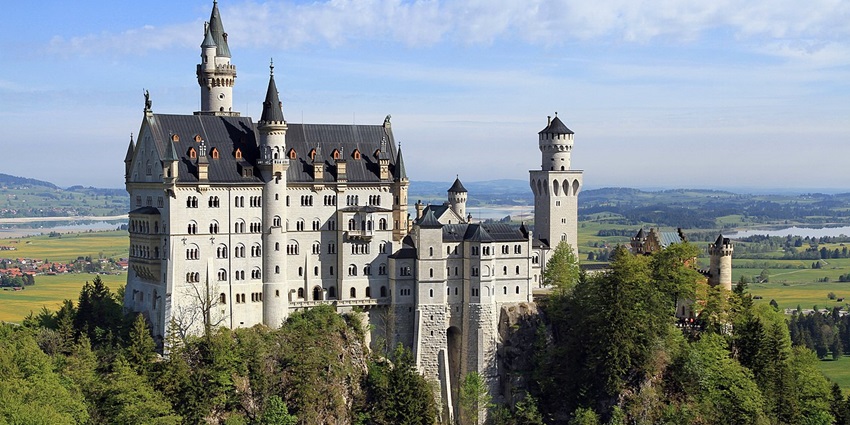
Photo: Ximonic, Simo Räsänen (post-processing) & Tauno Räsänen (photograph) / Wikimedia Commons
Neuschwanstein Castle in Bavaria, Germany, is one of the most mystical and iconic historical places in Europe. Constructed in the 19th century, this fairy-tale castle was commissioned by King Ludwig II as a token of love to knights and medieval heroes. With its breathtaking architecture, standing atop a rocky hill in the heart of the Bavarian Alps, Neuschwanstein forms a magical and idyllic landscape that enchants millions of tourists annually. The distinctive style of the castle and fantasy of its architecture have become internationally famous, as Disney’s Cinderella Castle stands witness to, once again establishing it as a global icon.
Location: Schwangau, Bavaria, Germany
Major Attractions: The castle interior, Marienbrücke viewpoint, guided tours
8. Palace Of Versailles, France
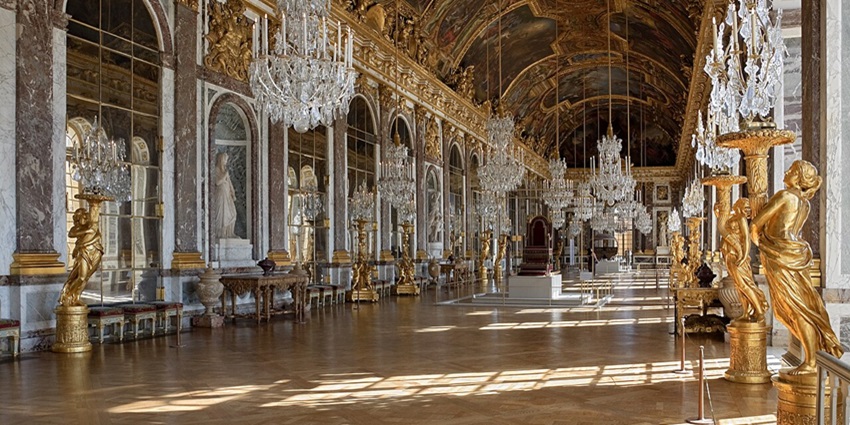
Photo: Myrabella / Wikimedia Commons
The Palace of Versailles, outside Paris, France, is Europe’s finest heritage site. Initially a hunting palace, it was later, under King Louis XIV, built as an imposing royal palace that represents the absolute monarchy’s power and luxury. It was built during the 17th century, and Versailles is famous for its stunning architecture, lavish interior, and humongous gardens laid out in a grand plan. The palace was the political centre of France for more than a century and a major part of European history.
Location: Versailles, France
Major Attractions: Hall of Mirrors, Gardens of Versailles, Royal Chapel
9. Dubrovnik Old Town, Croatia
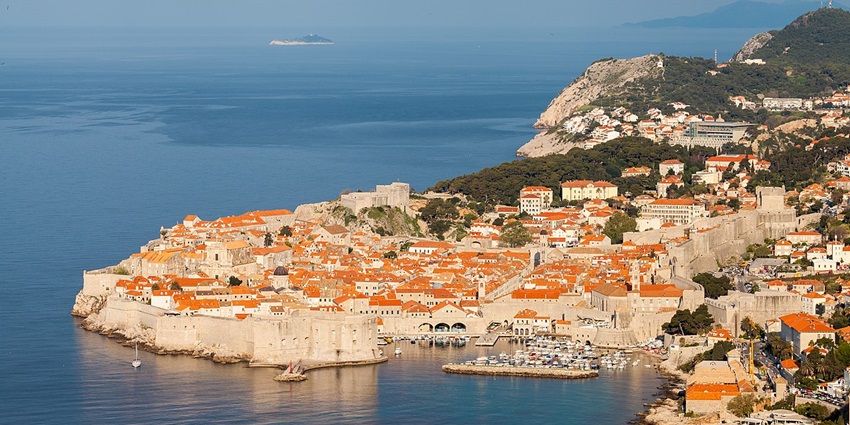
Photo: Diego Delso / Wikimedia Commons
Old Town Dubrovnik, situated on the Adriatic coast of Croatia, is one of the most fascinating historical places in Europe. One of its medieval cities, it was a free republic earlier and was famous for its maritime powers and riches. Its cobblestone streets, which are in fine condition, its magnificent fortifications, and its stunning cathedrals give its visitors a glimpse of its rich past and architecture. Dubrovnik Old City is also known as the “Pearl of the Adriatic” and has grown into a popular destination for tourists and history buffs alike.
Location: Dubrovnik, Croatia
Major Attractions: City walls, Rector’s Palace, Onofrio Fountain
10. Prague Castle, Czech Republic
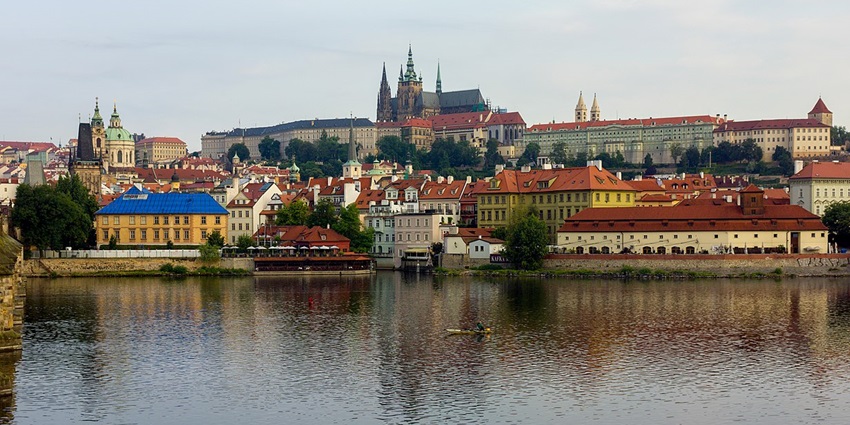
Photo: Godot13 / Wikimedia Commons
Prague Castle in the very centre of the Czech capital city is one of the world’s largest and oldest castles. Its history goes back as far as the 9th century, making this historic place a great example of having seen centuries of political and cultural development. The Prague Castle complex consists of palaces, churches, gardens, and fortifications, with a wide range of architectural styles from Romanesque to Gothic and Baroque.
Location: Prague, Czech Republic
Major Attractions: St. Vitus Cathedral, Old Royal Palace, Golden Lane
Historical places in Europe reveal centuries of spectacular achievement, desperate struggle, varied religions, and deep changes. From the stunning remains of ancient civilizations and grand royal palaces to poignant, sombre memorials, every location provides a window into the continent’s rich, detailed past. Plan your journey today with TripXL to experience something you will never forget at these renowned locations, so that you can relate closely with Europe’s fascinating history and cultural heritage.
Cover Photo: Jakub Hałun / Wikimedia Commons


 WhatsApp
WhatsApp
 Twitter
Twitter









